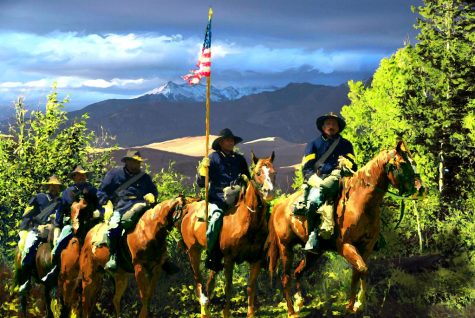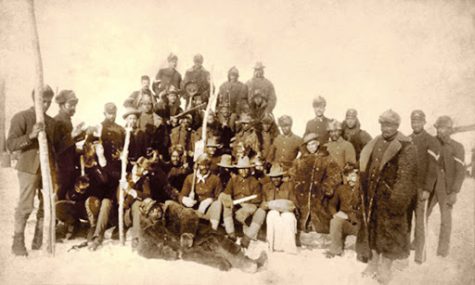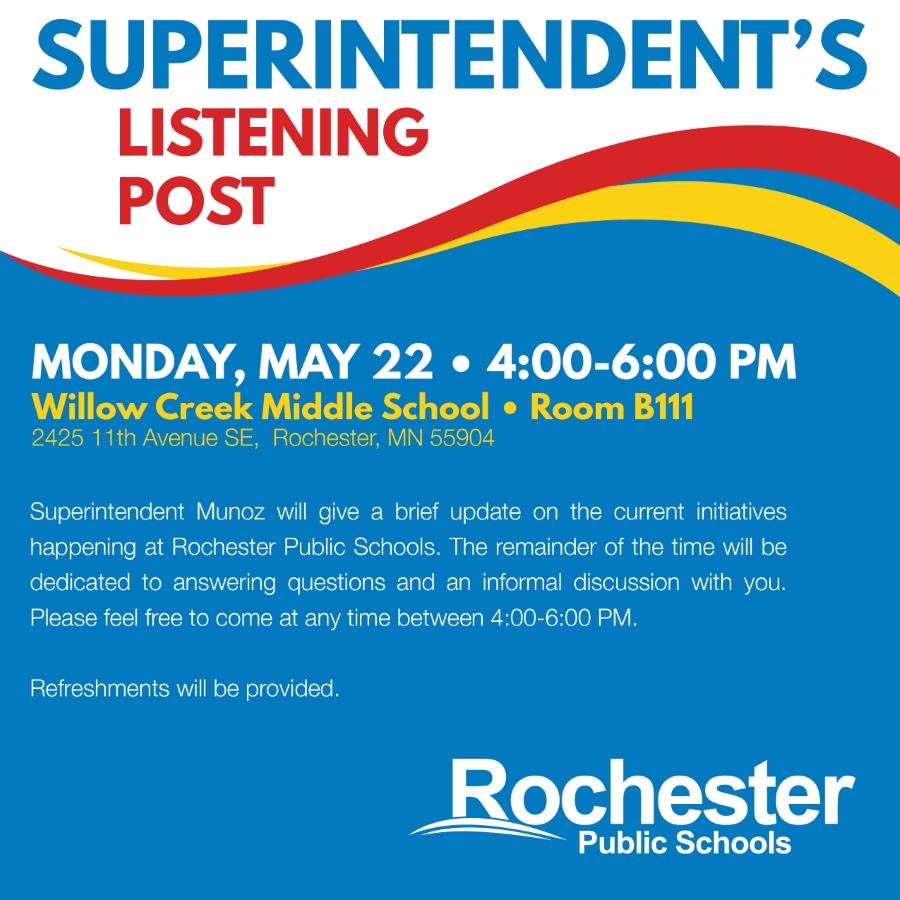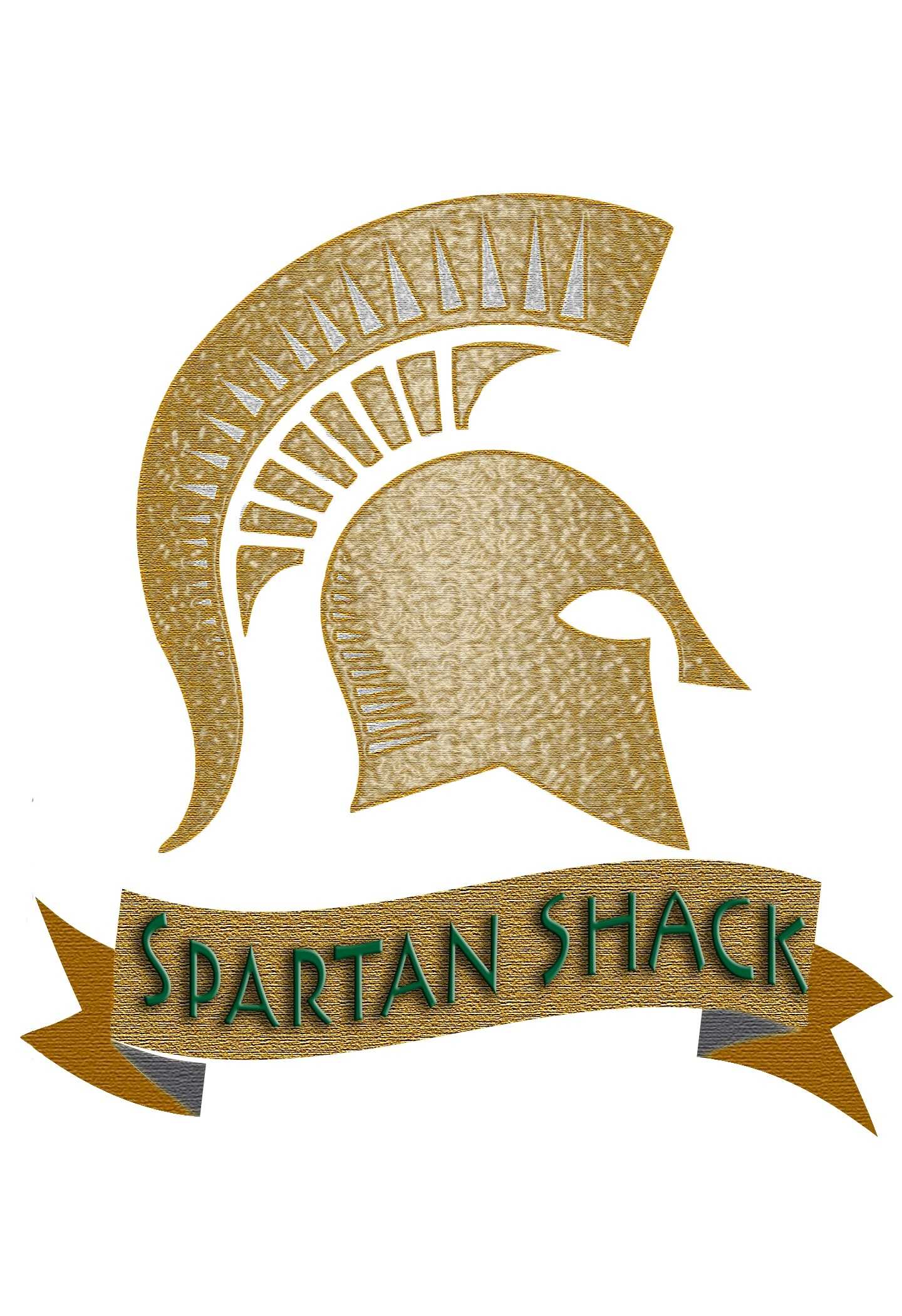Buffalo Soldiers: how the oppressed became the oppressors
February 27, 2020

Prominent in both the declaration of independence and the constitution is the emphasis on freedom and equality. Core to the inception of a united union is the very principle that all men are created equal; however, time has often proven this statement a mere label rather than a reality, providing a brutally honest lens through which the hypocrisy of the United States government and its people may be viewed. Coming directly off the back of the Civil War, a cavalry regiment of all black soldiers was formed, a group commonly referred to as: Buffalo Soldiers. Tasked with rounding up Natives from the Plains and across the Midwest, the all black cavalry was instructed to engage in military campaigns against hostile Indians, helping the hand that hurts them in the harming of the native “foreigners” (nmaahc.si.edu/explore/manylenses/buffalosoldiers).
The American government has always been a topic of controversy, despite profuse efforts to save face. It is this effort to influence general perception or rather lack thereof in this case that is particularly appaling. There were no attempts to shroud the hypocrisy of commanding the formerly oppressed to become the oppressors in a bureaucratic guise, nor was it necessary. Off the back of civil war, who among the U.S. citizens would protest an African American group eliminating the “pesky savages”? After all, had America not just suffered its bloodiest war in history in attempts to gain salvation for such people? Ethnocentrism is a tool of morality, one which the United States government wields with fist of blinding authority.
Heroism and bravery are always qualities to be admired, even when conducted with mal purpose and malicious intent. The aptly-named Buffalo Soldiers were no strangers to the aforementioned elements, gaining their name through their ferocity and drive in combat. For over twenty years in the late nineteenth century, the cavalry served their purpose with frightening diligence, protecting stagecoaches, capturing horse and cattle thieves, building roads, and of course waging hell against the Natives, all the while fighting in heed of the governments requests, a government whom was hesitant to outlaw slavery, and powerless in stopping black civilians across America being persecuted, beaten, and even lynched. Such atrocities were occurring on a mass scale across the nation, and still the group persisted (www.history.com/news/who-were-the-buffalo-soldiers).

Heroes may still be formed out of a misguided tragedy. John J. Pershing is the most famous soldier to come from the ranks of the Buffalo. Officially titled General of Armies, Pershing and his men are renowned simply for excelling at their job. Unlike many a war hero known for an individual act of heroism, this infantry became famous for their effectiveness and determination, spanning over the path of a decade. One single act can be a fluke: luck that results in a fortunate recipient may not define true character, to display consistent counts of bravery over the course of an entire war is what ultimately shows virtue. These soldiers may have been a tool of a manipulative government, but out of a bed of ashes came a spark, one which proved black people as capable if not more so than whites, particularly in noble service of the people’s Red, White, and Blue. Upon the end of the Civil War, even upon the end of the Indian wars, memory of the Buffalo Soldiers raised thought towards a new war, one to end racial discrimination on all scales, ranging from the every day middle class American all the way up to Commander in Chief and the White House (nmaahc.si.edu/explore/manylenses/buffalosoldiers).
Sources
“Buffalo Soldiers.” National Museum of African American History and Culture, 18 Apr. 2019, nmaahc.si.edu/explore/manylenses/buffalosoldiers.
Nix, Elizabeth. “Who Were the Buffalo Soldiers?” History.com, A&E Television Networks, 14 Sept. 2015, www.history.com/news/who-were-the-buffalo-soldiers.
Pictures
“Buffalo Soldiers and the Spanish-American War.” National Parks Service, U.S. Department of the Interior, www.nps.gov/prsf/learn/historyculture/buffalo-soldiers-and-the-spanish-american-war.htm.
“Public Domain Picture: Buffalo Soldiers.” Public Domain Files, www.publicdomainfiles.com/show_file.php?id=13504712427764.




